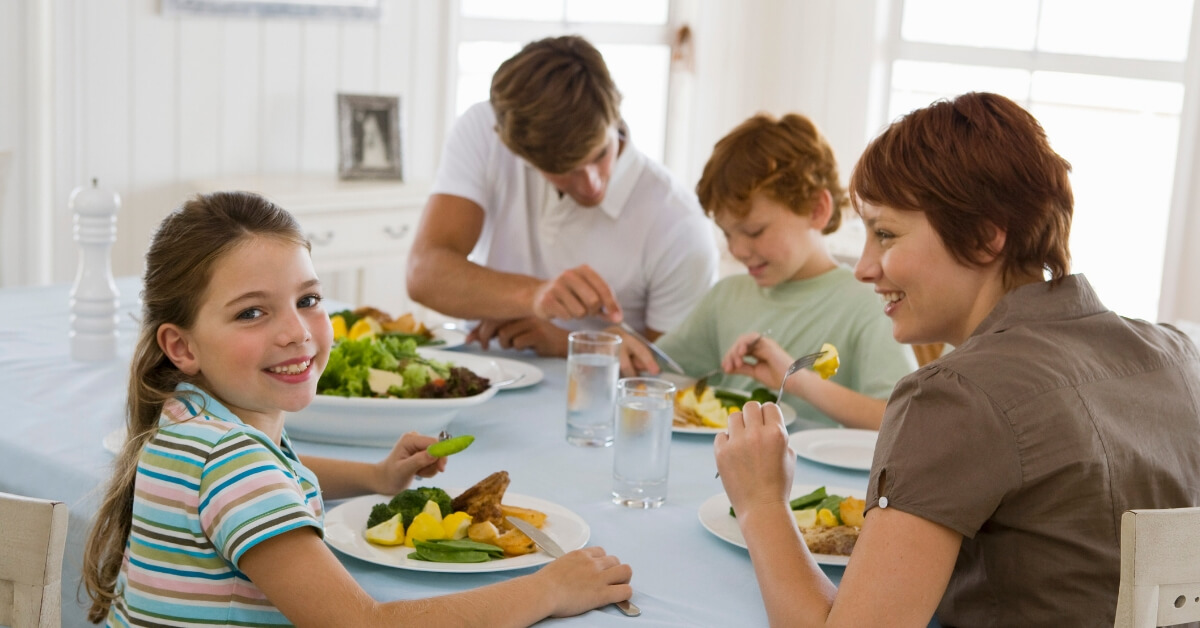
Five Simple Ways to Inject Gratitude into Your Daily Schedule
By: Michelle Mitchell
“I need some advice. My daughter is turning 16 next month. She’s a really good kid. She’s funny and smart and talented and she makes good choices. However, she is a complainer.
She has a little bit of anxiety, so I try to let her vent if she is worrying about something, but it’s getting very tiring. I give her pep talks about focusing on the positives and sometimes I resort to finally just telling her to just suck it up and deal! I feel like she needs to just accept that life isn’t all rainbows and sunshine. And it’s hard to teach that without sounding like I’m lecturing or criticizing her. Do you have any ideas?? Thanks in advance!”
Optimism is a shield which does come more naturally to some than others. Not all of our children are blessed with a strong innate ability to see a ‘glass half full’. Some young people have a genetically lower happiness ‘set point’ than others, and will therefore tend to see the negatives more easily. However, there are specific things we can do to help them along the way.
Intentionally injecting gratitude into our children’s daily schedules can create routines that will stay with them for life. And although they do have a choice as to whether they adopt their routines themselves, and allow them to hard wire their brain, modelling gratitude gives them every opportunity to do this. Bed time, meal time, travel time and technology time are all good times to boost gratitude. With practice, these can become times that our children anticipate and even enjoy.
Here are some suggestions as a starting point:
Bedtime. Too often our children go to bed de-briefing about their daily problems instead of counting their blessings. Ideally, we should go to bed at night spending 5 to 15 minutes naming our blessings and thinking of the people, places, things and experiences that are beautiful in our lives. This enables our brains to be trained on a daily basis to see what is in our hands and at our disposal.
Meal time. Helen, mother of four daughters, explains how her family uses mealtime to practice gratitude. ‘We have a family habit of going around each person at the dinner table (we have four daughters; 9, 11, 14, 16) and saying ‘what went well today?’ It causes a sudden shift in everyone’s attitudes, from the whining of ‘this totally stank today’, to seeing that good did happen. My girls need to see that they can always find something to be grateful for. It also helps us celebrate wins with each other. We find the days where we don’t do this our home seems to be a more self-focused, negative environment.’
Travel time. Before the music goes on in the car, ask your child to ‘tell me some things that went well today’, ‘tell me about a person you admire’, ‘talk to me about three beautiful things in your life’ or ‘talk to me about something that you are looking forward to’.
Quiet time. Daily journaling is also powerful, especially if you are answering questions like ‘if I woke up today with only the things I was grateful for yesterday, what would I wake up with?’ Dream boards are another beautiful way to express gratitude and hope for the future. Gratitude walls, in the form of a blackboard in the kitchen or meal area, are another way for families to express gratitude. These are places for children to collate images, ideas and quotes that are great visual reminders that their lives are valuable and blessed.
Technology time. There are so many gratitude apps for smartphones that are excellent for kickstarting gratitude. They operate on the premise that if you are able to reflect in detail on the things you are grateful for each day, it will help you savour positive events and appreciate good things. I wish every teacher would inject this into their daily classroom routine, as I feel it is great use of educational time.
Here are some great apps your child might like using:
- The Resilience Project
- Smiling Mind
- Headspace: Guided Meditation
- Gratitude Journal
- Gratitude Diary
- Live Happy
- Gratitude Stream
For more, check out Michelle’s book “Everyday Resilience: Helping Kids Handle Friendship Drama, Academic Pressure and the Self-doubt of Growing Up”. This book is available in all good bookstores and www.michellemitchell.org.
Article supplied with thanks to Australia’s National Day of Thanks.
About the Author: Michelle is an author, speaker, educator and ambassador for Australia’s National Day of Thanks.












